With the beginning of the war in Ukraine and all the sad and devastating consequences that the conflict will entail, foremost among them theagonizing loss of life, cultural professionals are wondering about the fate of Ukraine’s massive cultural heritage, which, as in any theater of war, is at risk of loss, destruction, and looting. At risk are not only UNESCO World Heritage Sites, but also the rich collections of the country’s many museums (there are some 40 museums in the capital Kiev alone), as well as spectacular Catholic and Orthodox churches, thousand-year-old monasteries, nineteenth-century theaters, neoclassical palaces, rich libraries and archives where the country’s history is preserved, and centuries-old historical centers. The dangers are many, ranging from bomb and missile damage to despoliation through systematic destruction. This is a scenario that is being vigorously tried to avert: at the moment there are still no reports of damage to historical and cultural heritage.
Many museums prepared in time in order to save what could be saved: institutions have been working for several days to secure collections, fearing the conflict that has since arrived. In Kiev, the director of the National Museum of Ukraine, Fedir Androshchuk, in a lengthy conversation with his colleague Joakim Malmström, a member of the Swedish Council for National Cultural Heritage, let it be known that the museum staff is working to protect the museum’s collection: when asked what can be done from the outside to support the museum, Androshchuk responded by saying that “the most important thing is to ensure that there is an awareness of the importance of cultural heritage and an understanding of how it is now in danger of being damaged.” Indeed, the concern is that museums will be damaged during air strikes. In short: from Ukraine the plea to the world is to keep the focus on the situation of its cultural heritage as well.
Again, in Odessa, last February 17, in a post on her Facebook profile, Oleksandra Kovalchuk, deputy director of the Odessa Museum of Fine Arts, wrote what the institution was doing. “We checked the security systems in the museum and filled all the gaps we noticed,” she wrote, thanking the police “for their attention to the museum and their responsibility for the safety of people and the collection.” Kovalchuk later revealed some details to the New York Times: basically, the museum staff is hiding objects from the collections, beefing up security, and protecting the building with barbed wire. Several symbolic actions were also taken before the conflict broke out: “Throughout the week,” Kovalchuk wrote in his post, “we have been discussing how the museum can show concern and care for our community at a time when we are experiencing significant psychological pressure, anxiety and uncertainty about the future.” Again, “at least until the end of February, we will have a permanent national flag at the entrance. Maybe some people now think that museums or art should be out of politics. With all the expertise I have, I want to assure you that this is not the case. Throughout history, art has been and still is a part of politics that is inextricably linked to public life.” Finally, last Sunday, Feb. 20, a day of free visits had been organized since “there are scientific studies that show that visiting a museum helps fight stress and has a calming effect on the nervous system.” So the invitation was to visit the museum, which is now no longer possible, of course, because the martial law imposed by President Volodymyr Zelenskyj has resulted in the closure of all museums in the country.

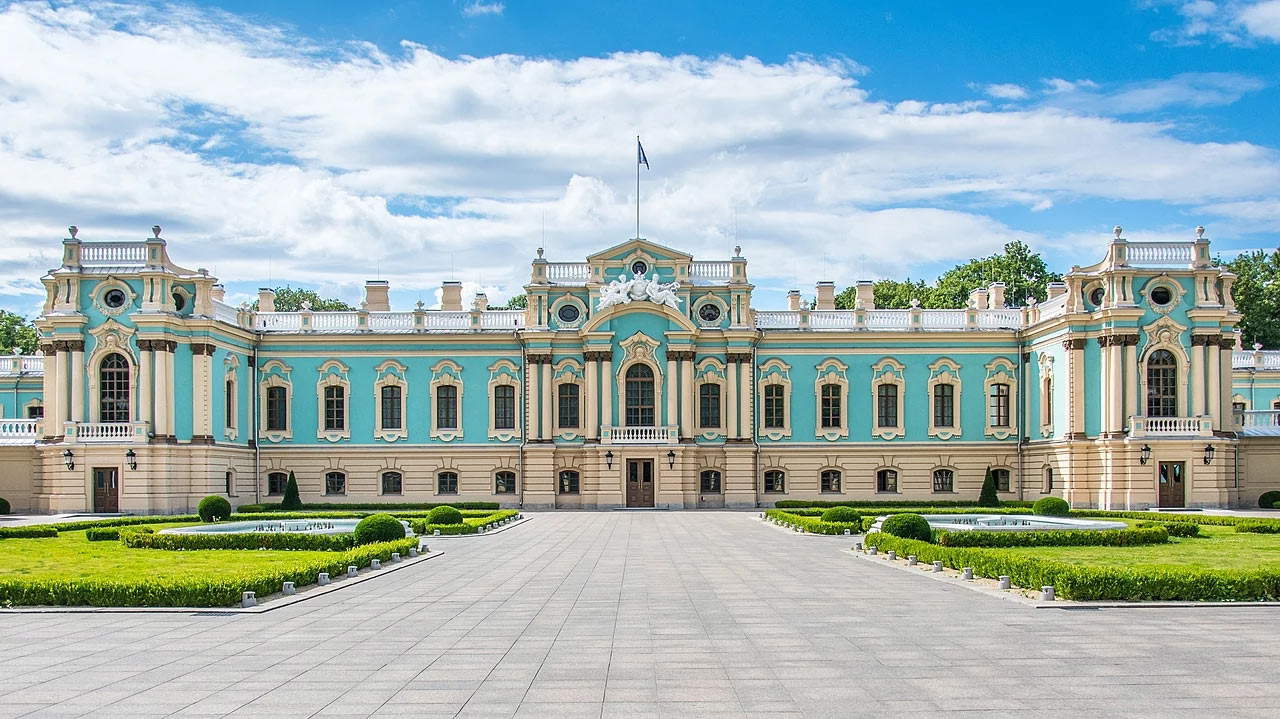
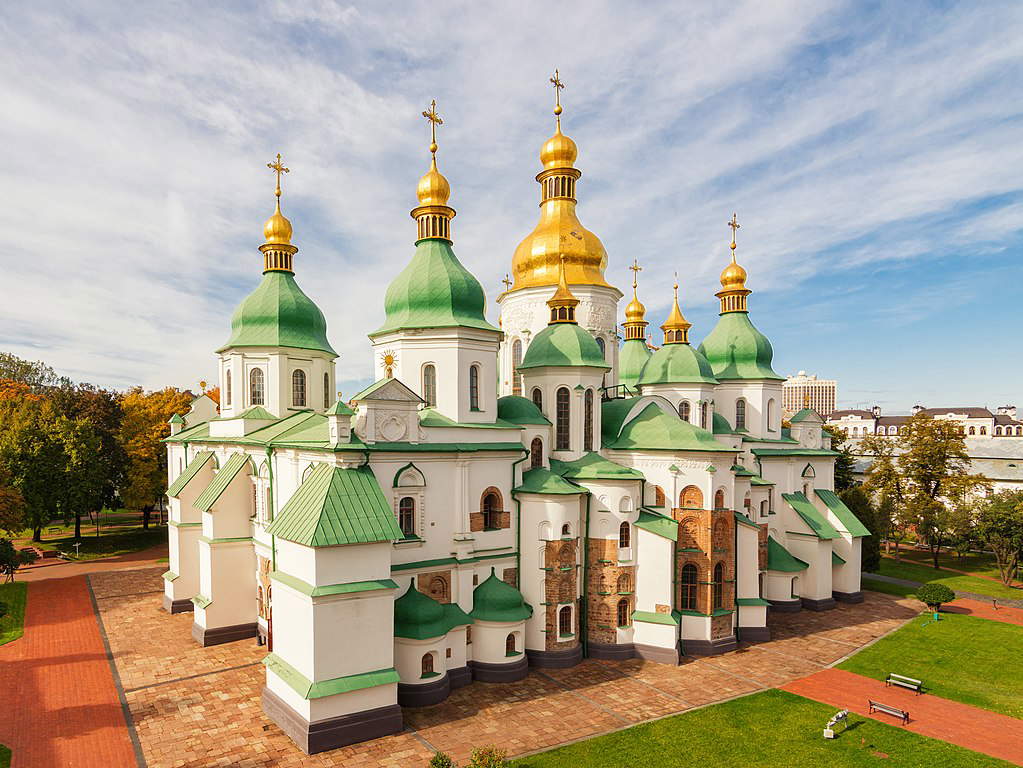

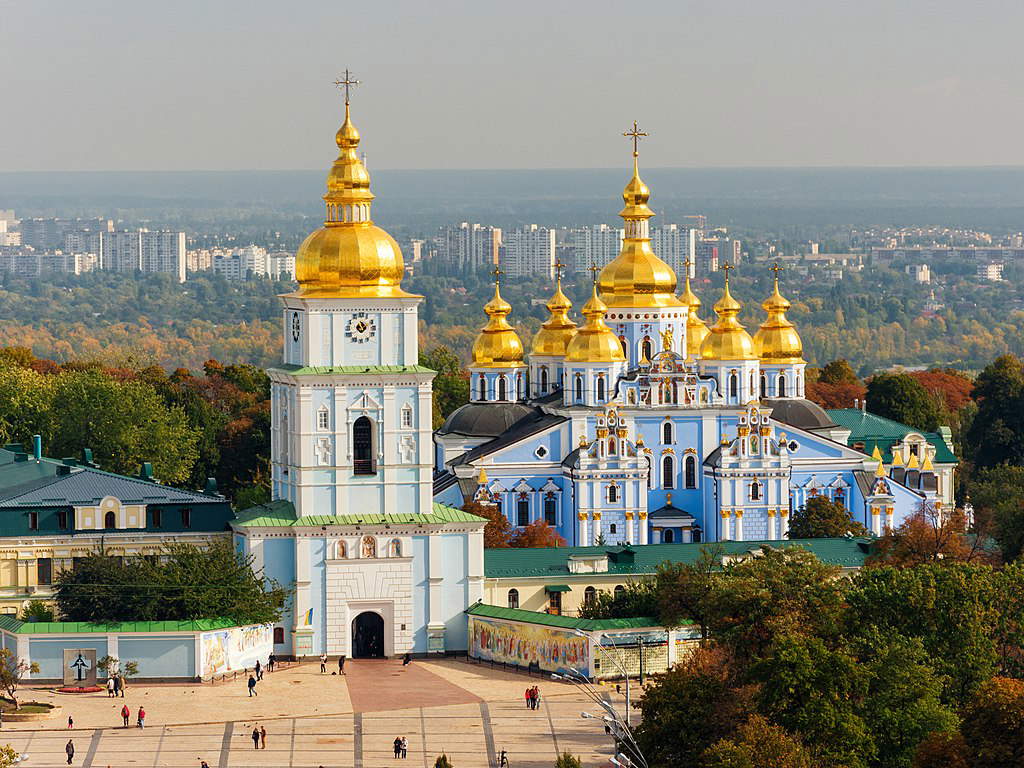
Also The New York Times heard from Ihor Poshyvailo, director of the Kiev Freedom Museum, founded in 2014, home to a collection of some 4,000 objects related to Ukraine’s struggles for freedom, including artwork and memorabilia. “We had plans on what to do in preparation for a war,” Poshyvailo said, “but now it’s war, the situation has completely changed.” Thus, the museum is transferring objects from the collections into storage, but it is not known what or how because, for obvious security reasons, Poshyvailo did not provide the U.S. newspaper with further details. He also symbolically refused to place blame on the Ukrainian government: “It is not our government that did this, but Putin,” he said. And again, part of the collections of the Kharkiv School of Photography Museum, said director Sergyj Lebedynskyj, was moved to Germany some time ago while the museum was under renovation, and plans are being made to evacuate the rest of the objects within the week.
But what tools does the international community have to save Ukraine’s cultural heritage? Theoretically, bombs on both sides are required to spare cultural heritage because both Russia and Ukraine are signatories to the Convention for the Protection of Cultural Property in the Event of Armed Conflict, a treaty signed in 1954 in The Hague (and thus also known as the “Hague Convention”) and also famous in that it contains the first occurrence of the phrase “cultural property.” The treaty, the text of which is also available on the website of our Ministry of Culture and which includes two protocols (last updated in 1999), requires countries that have signed it to refrain from using cultural property, its protective devices and its immediate vicinity, for purposes that could expose it to destruction or deterioration in cases of armed conflict and from any act of hostility, vandalism or reprisal in their regard, and then again regulates the matter in the event of total or partial occupation of the territory of other member states, requiring the endorsement of the action of the competent national authorities and the adoption of the necessary conservation measures, in close cooperation with these authorities, provides personnel among the armed forces specifically dedicated to the protection of heritage, establishes a “special protection” regime for a limited number of shelters designed to protect movable cultural property in the event of armed conflict, monument centers and other cultural property. Property under protection is considered immune from all acts of hostility and use for military purposes. The convention also provides for the possibility of suspension of immunity in case of violation of commitments by the member country and regulates the modalities.
More specifically, it is stated in Article 4 that “the High Contracting Parties undertake to respect cultural property, located both on their own territory and on the territory of the High Contracting Parties, by refraining from the use of such property, its protective devices and its immediate vicinity, for purposes which could expose it to destruction or deterioration in cases of armed conflict, and by refraining from any act of hostility in regard to it.” The same article provides for prohibitions of looting, stipulating that the contracting parties undertake “to prohibit, prevent and, if necessary, put an end to any act of theft, looting or misappropriation of cultural property in any form whatsoever, as well as any act of vandalism with respect to such property. They undertake to refrain from requisitioning movable cultural property located in the territory of another High Contracting Party.”

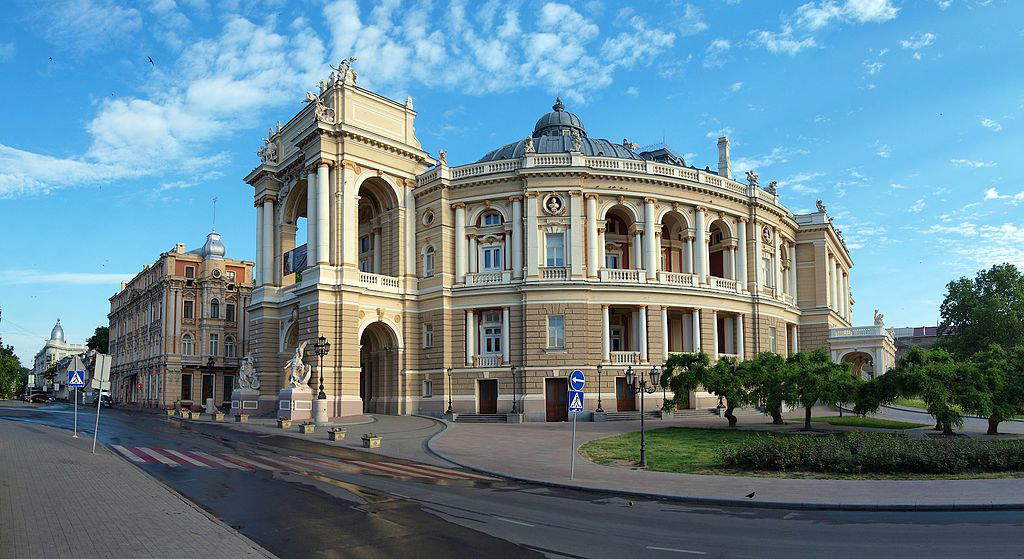
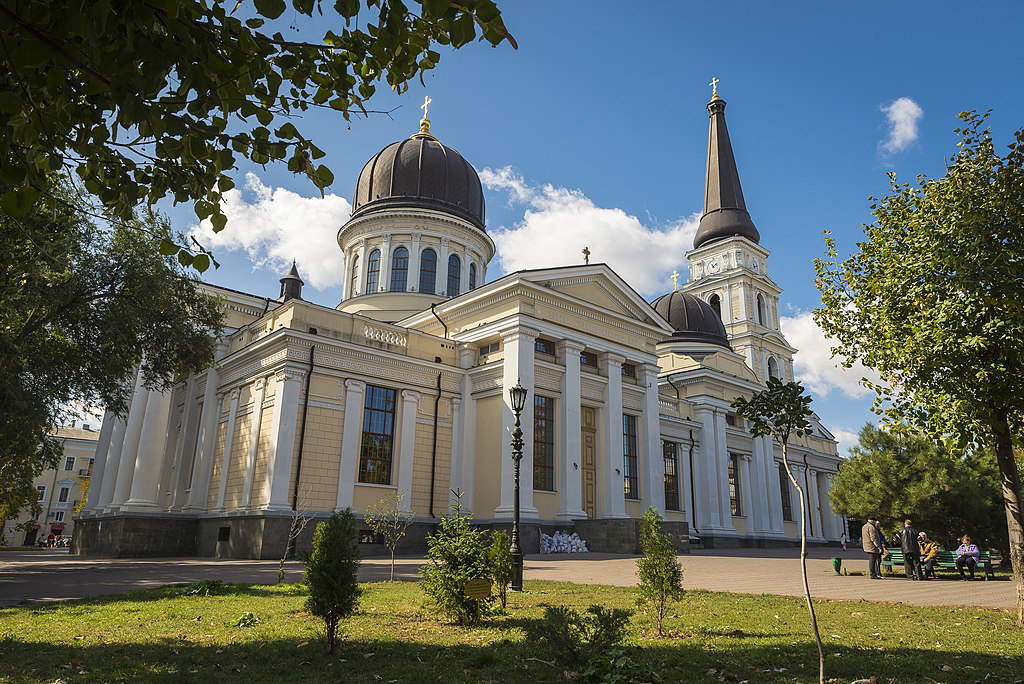
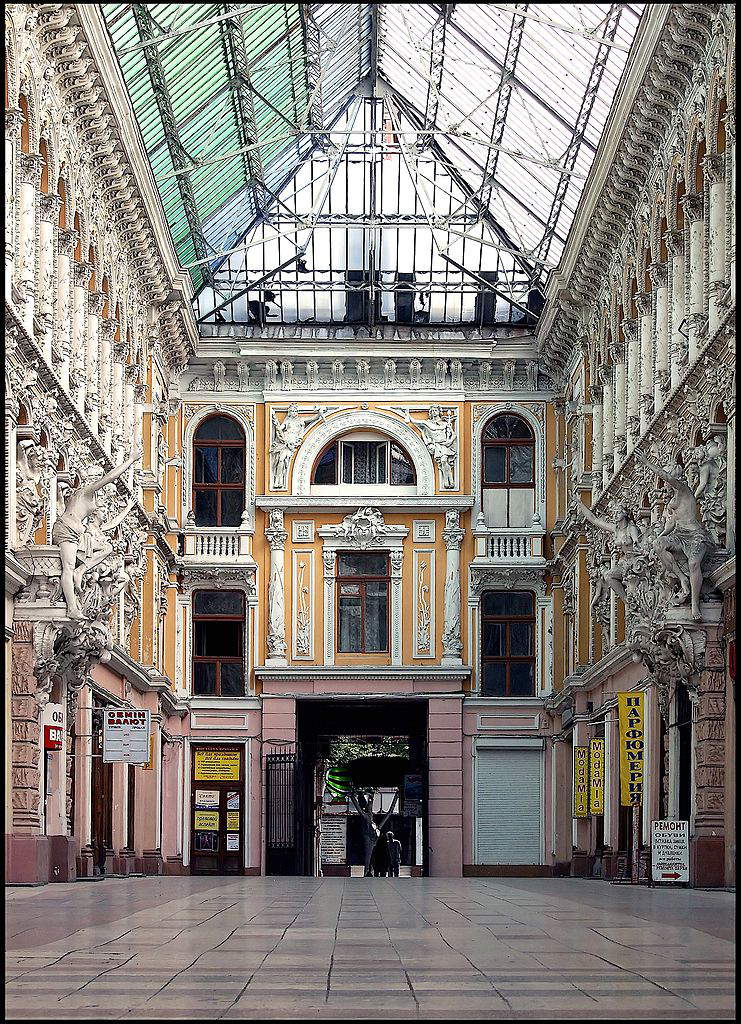
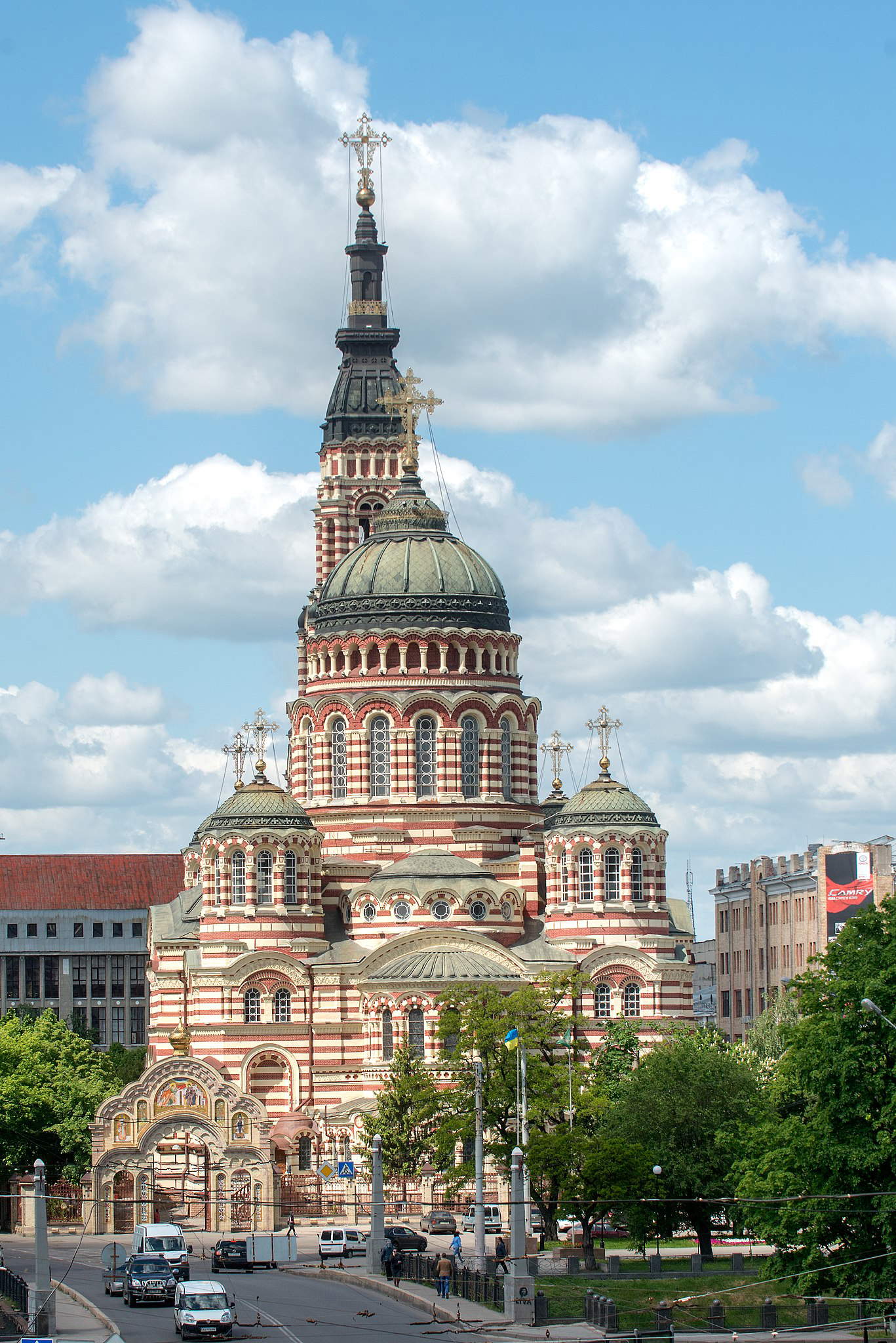
In the event of occupation, the Hague Convention stipulates that the occupying forces are obliged “to support, to the extent possible, the action of the competent national authorities of the occupied territory aimed at ensuring the safeguarding and preservation of its cultural property.” Where urgent action is posed for the preservation of cultural property located in the occupied territory and damaged by military operations, and the national authorities are unable to deal with it, it is incumbent on the occupier to implement as far as possible the most necessary measures. Again, Article 15 requires respect for cultural property protection personnel.
Then there is Blue Shield, the equivalent of the Red Cross for cultural property, a network of committees and individuals around the world dedicated, the bylaws state, to “engage in the protection of the world’s cultural property, and to attend to the protection of cultural and natural heritage, tangible and intangible, in the event of armed conflict, natural or man-made disasters.” The Blue Shield network, established in 1996, is an advisory body to the Committee for the Protection of Cultural Property in the Event of Armed Conflict and can work to protect threatened cultural property and prepare institutions for risk and respond to emergencies by arranging for expert missions to be sent to armed conflict scenarios to provide assistance.
Then there are the documents from international organizations that offer practical advice and courses of action for authorities faced with cultural property protection situations in the event of war. One of these is the book Cultural Heritage at Risk: Emergency Evacuation of Collections, published in 2021 by UNESCO and ICOM - International Council of Museums, also available in Italian, and which in 57 pages offers many practical guidelines. The document prescribes securing a collection when the threat is real, when measures are not sufficient to prevent damage, when safer places to store the collection are available, and if you have sufficient manpower and resources to relocate the collection. Also in the document are some tips on how to block or limit the threat (e.g., armed looters) as much as possible: increase security personnel, put in place concrete barriers to block intrusions, and ultimately evacuate staff and collections. Crucial in cases such as these is preparation: locating a secure storage facility, issuing the necessary permits, assembling a competent team, doing emergency inventory reconnaissance of the material to be evacuated, making the necessary resources available, locating a work area, and transporting everything safely.
In recent hours,UNESCO itself issued a note calling for “compliance with international humanitarian law, in particular the 1954 Hague Convention for the Protection of Cultural Property in the Event of Armed Conflict and its two Protocols (1954 and 1999), to ensure the prevention of damage to cultural heritage in all its forms. This also includes obligations under U.N. Security Council Resolution 2222 (2015) on the protection of journalists, media professionals and associated personnel in conflict situations to promote free, independent and impartial media as one of the essential foundations of a democratic society, and which can contribute to the protection of civilians. UNESCO also calls for restraint from attacks on or harm to children, teachers, educational personnel or schools, and for the right to education to be upheld.”
Warning: the translation into English of the original Italian article was created using automatic tools. We undertake to review all articles, but we do not guarantee the total absence of inaccuracies in the translation due to the program. You can find the original by clicking on the ITA button. If you find any mistake,please contact us.